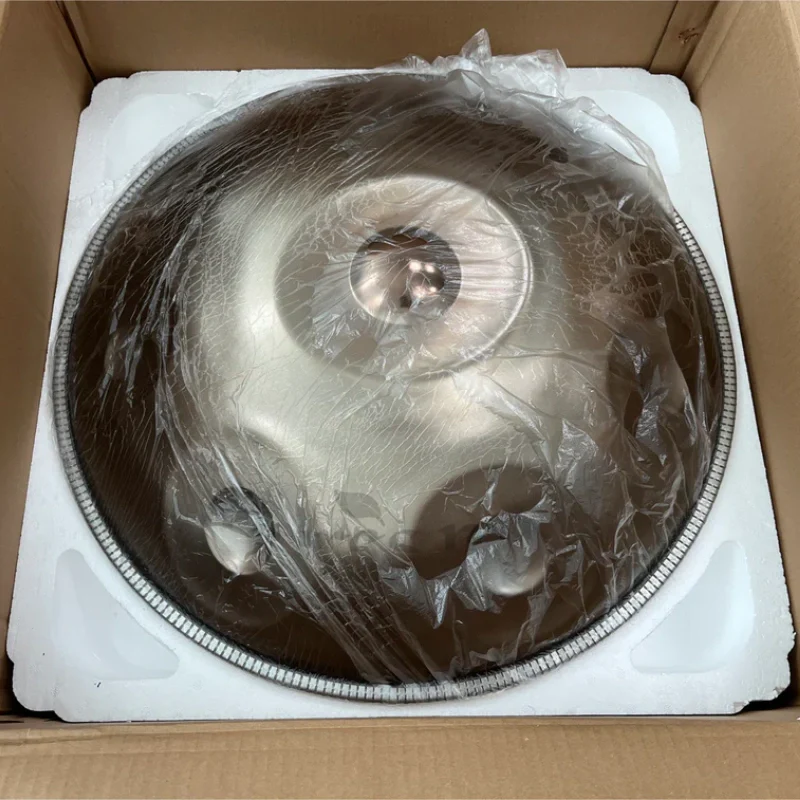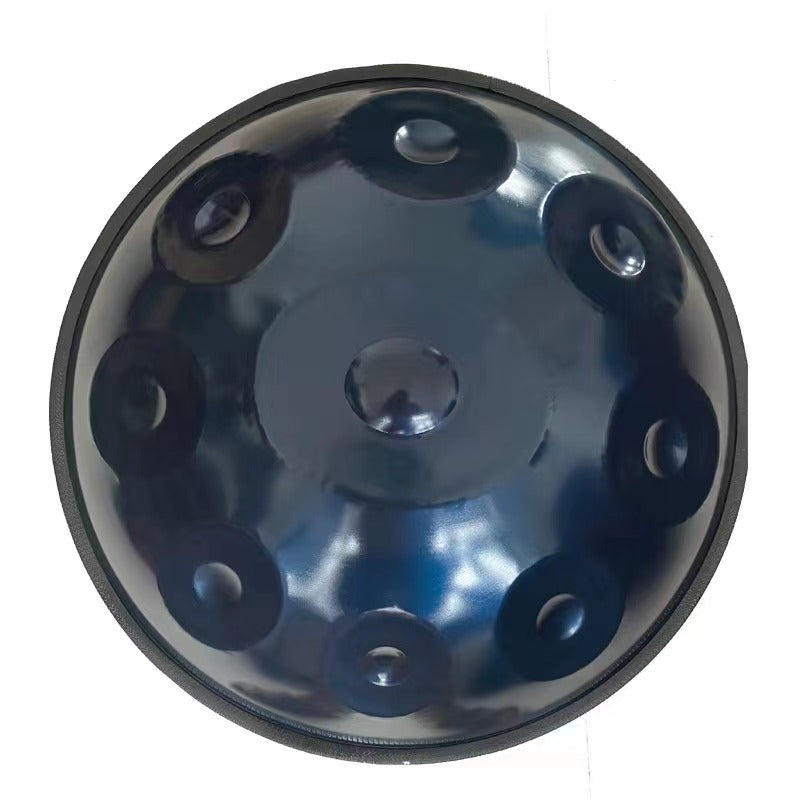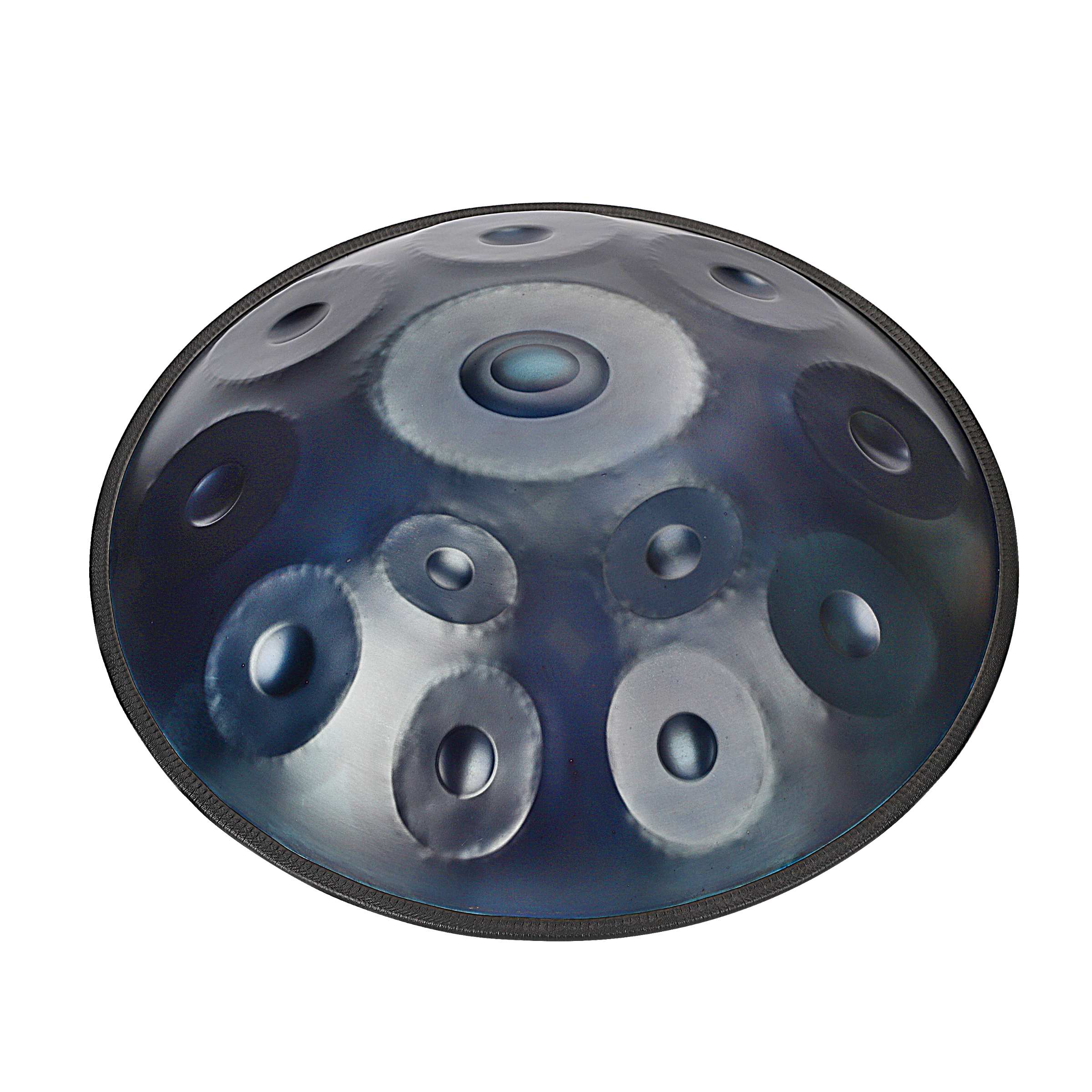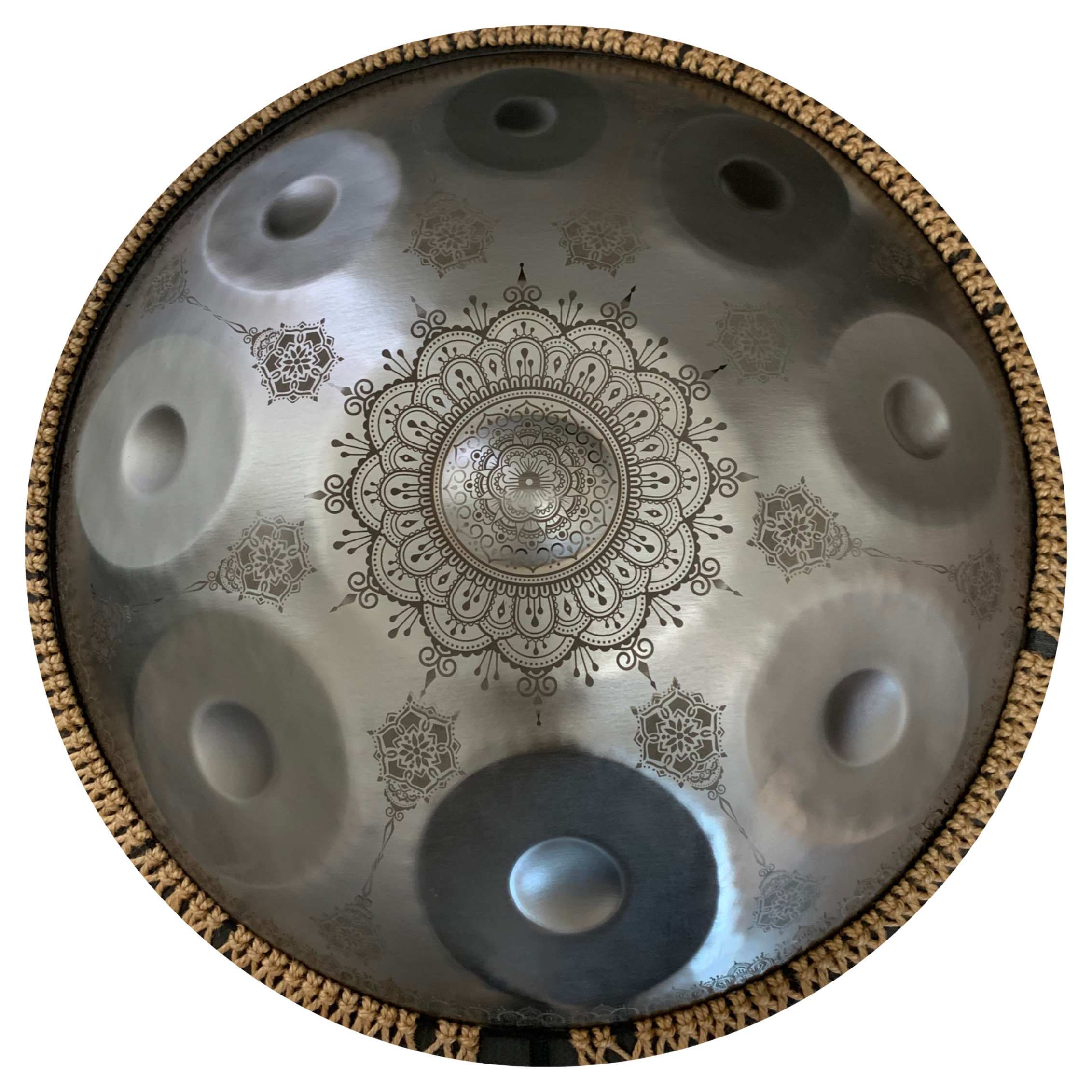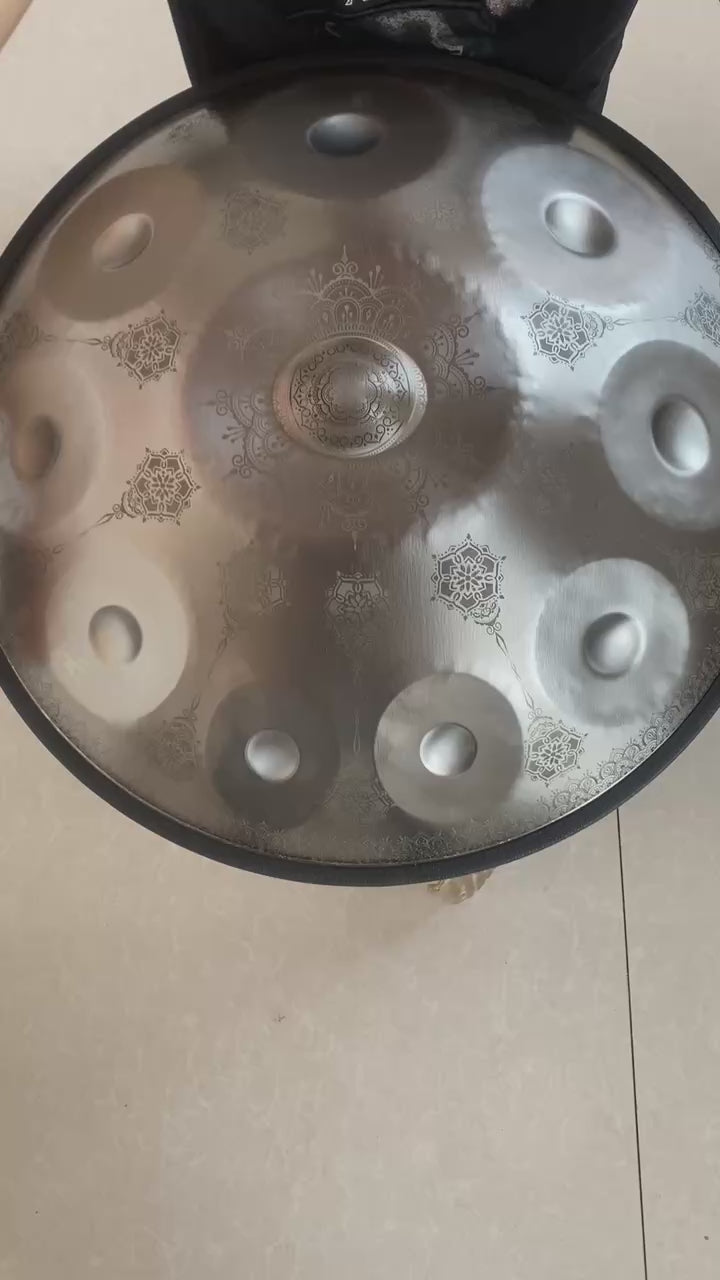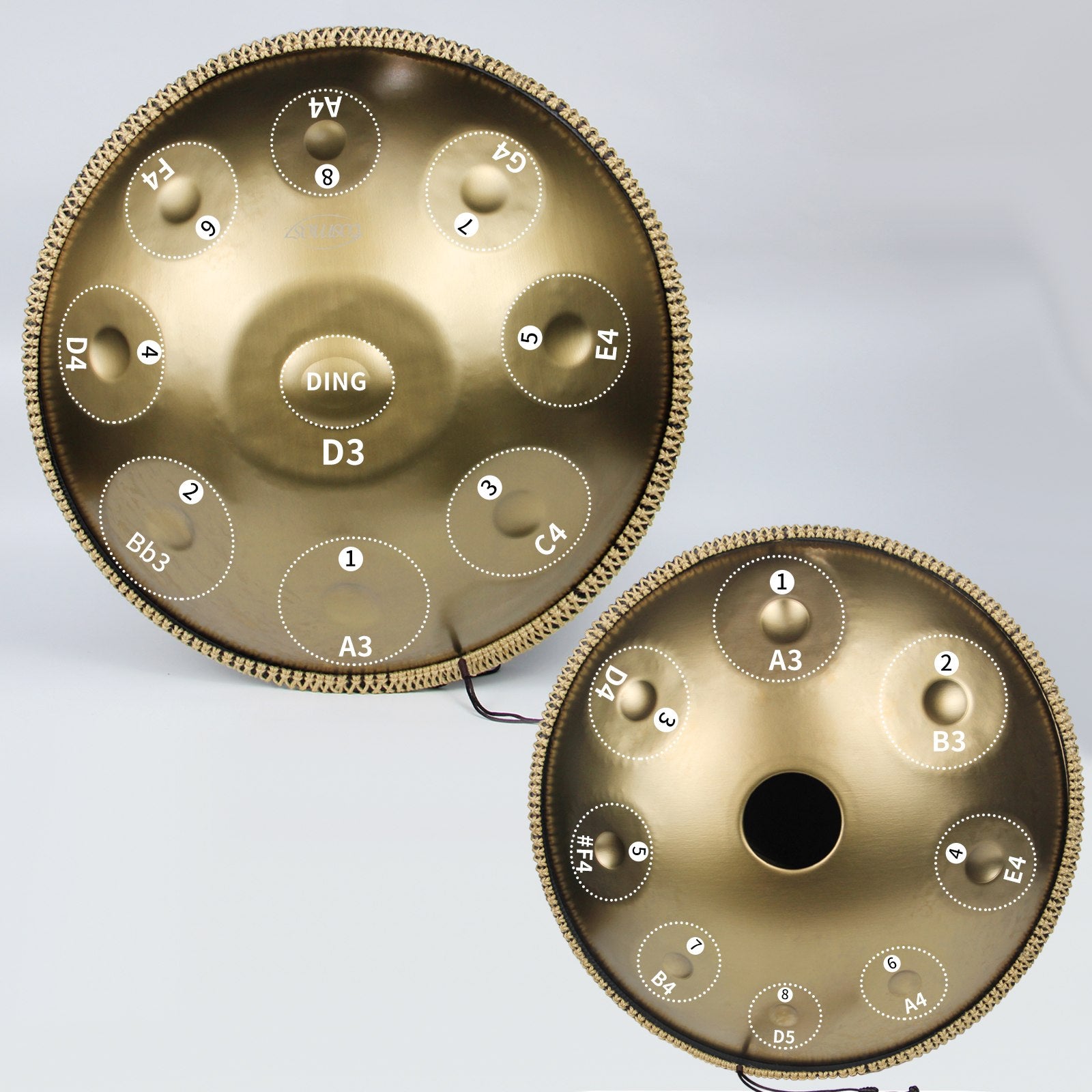When you dive into the realm of music you often come across terms, like "major" and "minor," especially when talking about scales, chords and modes. These concepts play a role in understanding how music is crafted and how it evokes emotions. In the realm of instruments such as the handpan hang drum and hang instrument these terms hold significance. This piece explores the distinctions between minor scales, their influence on music and their connection to handpans. Hang drum instruments.

Grasping Major and Minor Scales
Central to music theory are the minor scales. A scale is a sequence of notes arranged by pitch. The major scale is often associated with feelings of happiness or brightness while the minor scale is linked to emotions of sadness or darkness. These emotional associations stem from the intervals between notes in each scale.
Major Scale; The major scale adheres to a pattern of steps (W) and half steps (H) (W W H W W W H). For instance, in C key the notes are C, D, E, F, G, A and B. The interval structure produces a sound that is perceived as uplifting and optimistic.
Minor Scale;
The natural minor scale has a sequence; step, half step, half step, whole step. For example, in the key of A minor the notes are A, B, C, D, E, F and G. This sequence creates a tone that is commonly linked to feelings of sadness or contemplation.
Additionally there are melodic scales that adjust certain notes of the natural minor scale to create different musical effects. However for simplicitys sake we will stick to discussing the scale here.
Major and Minor Scales in Handpans
Handpans along with hang drums and other similar instruments are renowned for their calming melodies. These instruments can be tuned to scales such as major and minor which greatly impact the music they produce.
Handpan; The handpan is a instrument often associated with the Hang drum invented by Felix Rohner and Sabina Schärer in Switzerland. Handpans are usually tuned to a scale with each note meticulously crafted and tuned by artisans. The choice, between minor scale determines the tone of the music played on this instrument.
Hang Instrument; Although "hang drum" and "hang instrument" are sometimes used interchangeably with handpan; they specifically refer to the Hang created by PANArt.
The Hang drum can also be adjusted to scales, such, as major and minor giving musicians the opportunity to delve into musical realms.
Emotional Impact of Major and Minor Scales
The emotional significance of minor scales is profound. When a handpan or hang drum is tuned to a scale the resulting music often elicits feelings of happiness, vitality and optimism. This explains why major scales are commonly used in music.
On the hand when these instruments are tuned to a scale the music tends to evoke introspection, melancholy and contemplation. Minor scales are frequently employed in compositions that convey more intricate emotions.
Crafting Music with Major and Minor Handpans
Crafting music with handpans hang drums and similar instruments involves understanding how the choice of scale influences the mood of the composition. Musicians typically opt for a scale handpan for joyful pieces while selecting a minor scale handpan for more reflective or emotionally charged works.
Improvisation and Composition; Handpans are particularly favored for improvisational performances due to their user friendly layout and resonant sound. Musicians can explore the subtleties of minor scales by creating melodies and harmonies. Composing with handpans requires considering how the chosen scale interacts with elements, like rhythm and harmony.
In collaborations and performances the choice, between minor scales can impact the overall feel of a music piece. Handpans and hang drums are commonly used alongside instruments like guitars, flutes and percussion to create music experiences. Understanding the depth and harmonic variations of major and minor scales empowers musicians to craft performances that resonate deeply with audiences.
Different genres of music showcase how handpans and hang instruments can be integrated seamlessly. The decision to use minor scales influences the genres identity and musical style.
In genres such as world music and fusion handpans are often fused with instruments from cultures offering a blend of sounds that celebrate cultural diversity. The choice between minor scales adds flavors to these compositions showcasing a mix of cultural influences for a rich auditory experience.
For meditative music genres handpans tuned to scales are favored for their calming qualities that promote introspection. The gentle tones produced by a scale handpan contribute to relaxation activities, like yoga, meditation or therapeutic sessions.
In pop and contemporary music scenes major scale handpans are introduced for their melodies that uplift listeners spirits.
The unique sound quality they bring adds a touch, to music creating a natural contrast with electronic and synthesized tones. When picking out a handpan hang drum or similar instrument the scale choice stands out as a factor to consider. Potential buyers should reflect on the type of music they aim to produce. The feelings they want to evoke.
Its recommended to listen to recordings of handpans tuned in minor scales to grasp their characteristics. If possible trying out the instruments in person provides an decision making process as the tactile sensation and resonance play vital roles in selecting the perfect handpan.
Seeking advice from artisans can provide insights into different scales and assist potential buyers in choosing one that aligns with their musical aspirations. These artisans can also craft tuned handpans tailored to preferences and needs.
In conclusion
having an understanding of minor scales is crucial for individuals interested in handpans hang drums or similar instruments. The choice between these scales significantly impacts the musical attributes of the instrument guiding musicians, on their journeys.
Whether you're captivated by the tones of a scale or the reflective tones of a minor scale the handpan provides a flexible and emotive outlet, for musical creativity. Understanding the skill and creativity involved in crafting these instruments enables musicians and fans to make decisions and produce music that truly connects with their audience.

